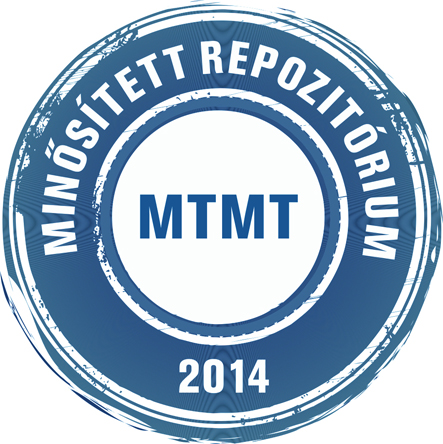Szőke Andrea; Szabó Dániel; Forró Edit; Gerzson László: Developing Hungarian cadastral database of green roofs and the trends in green roof construction industry. In: Review on agriculture and rural development, (2) 1. pp. 455-460. (2013)
Előnézet |
Cikk, tanulmány, mű
agricul_review_2013_001_suppl_455-460.pdf Letöltés (217kB) | Előnézet |
Absztrakt (kivonat)
Our research goal was – taking into account the needs mentioned above – developing a cadastral database of green roofs, as well as the presentation of the first results. Main data used in the database: year of construction, type of green roof (extensive, intensive), dimensions (m2 ), customer's name, contractor company's name, maintenance services (presence, absence), irrigation system (presence, absence). The big advantage of the database is that it can be expanded to meet additional demande, the downside is its voluntary basis. Based on the results of three years of research we can say that spreading of green roofs in the 90s in Hungary was slow. Real breakthrough was observed from 2000, mainly due to large investments in the city. Based on the analysis of the customers, it became clear that the growth was not due to a general increase in environmental awareness of the people, but to the stricter rules for creating green spaces in the National Requirements Regarding Town Planning and Construction (OTÉK, annex No. 5.) The amount of green roofs constructed (m2 ) has a hectic fluctuation in the studied period (1991-2012), which comes from the fact that both office and residential buildings are mostly developed in a project-like way. The analysis of the database showed that a total of 287,843 m2 green roofs were built in Hungary by 31/12/2012 – of which 64,799 m2 (22.75%) was extensive green roof, and 219,943 m2 (77.25%) was intensive green roof. We evaluated the analysis of the model with SPSS 20.0 for Windows software package, based on the research of HARNOS and LADÁNYI (2005). The coefficient of determination R2 = 0.996, so the model offers a good explanation for the data dispersion. Processing the related ANOVA we obtained F = 1678.52, which is very high so we can claim that the choosen bi-logistic model fits well. Based on the t-tests related to the parameters (calculated values are: tχ1 = 16.43; tχ2 = 7.99; tm1 = 61.80, Tm2 = 58.75; Δt1 = 6.4, Δt2 = 4.34), we accept the parameter estimates as good ones. In the last two years decline in the construction industry has a significant influence on the development volume of green roofs which is mainly due to global trends.
| Mű típusa: | Cikk, tanulmány, mű |
|---|---|
| Befoglaló folyóirat/kiadvány címe: | Review on agriculture and rural development |
| Dátum: | 2013 |
| Kötet: | 2 |
| Szám: | 1 |
| ISSN: | 2063-4803 |
| Oldalak: | pp. 455-460 |
| Nyelv: | angol |
| Befoglaló mű URL: | http://acta.bibl.u-szeged.hu/55131/ |
| Kulcsszavak: | Tetőkert, Építészet - környezetvédelem, Zöldépítészet, Tetőszerkezet, Zöldfelület, Adatfeldolgozás - számítógépes, Adatelemzés - számítógépes, Információs rendszer - környezetvédelem, Adatbázis - kataszteri - magyar |
| Megjegyzések: | Bibliogr.: 460. p. ; összefoglalás angol nyelven |
| Szakterület: | 01. Természettudományok 01. Természettudományok > 01.05. Föld- és kapcsolódó környezettudományok |
| Feltöltés dátuma: | 2018. jún. 18. 09:07 |
| Utolsó módosítás: | 2024. ápr. 17. 15:21 |
| URI: | http://acta.bibl.u-szeged.hu/id/eprint/55299 |
 |
Tétel nézet |



